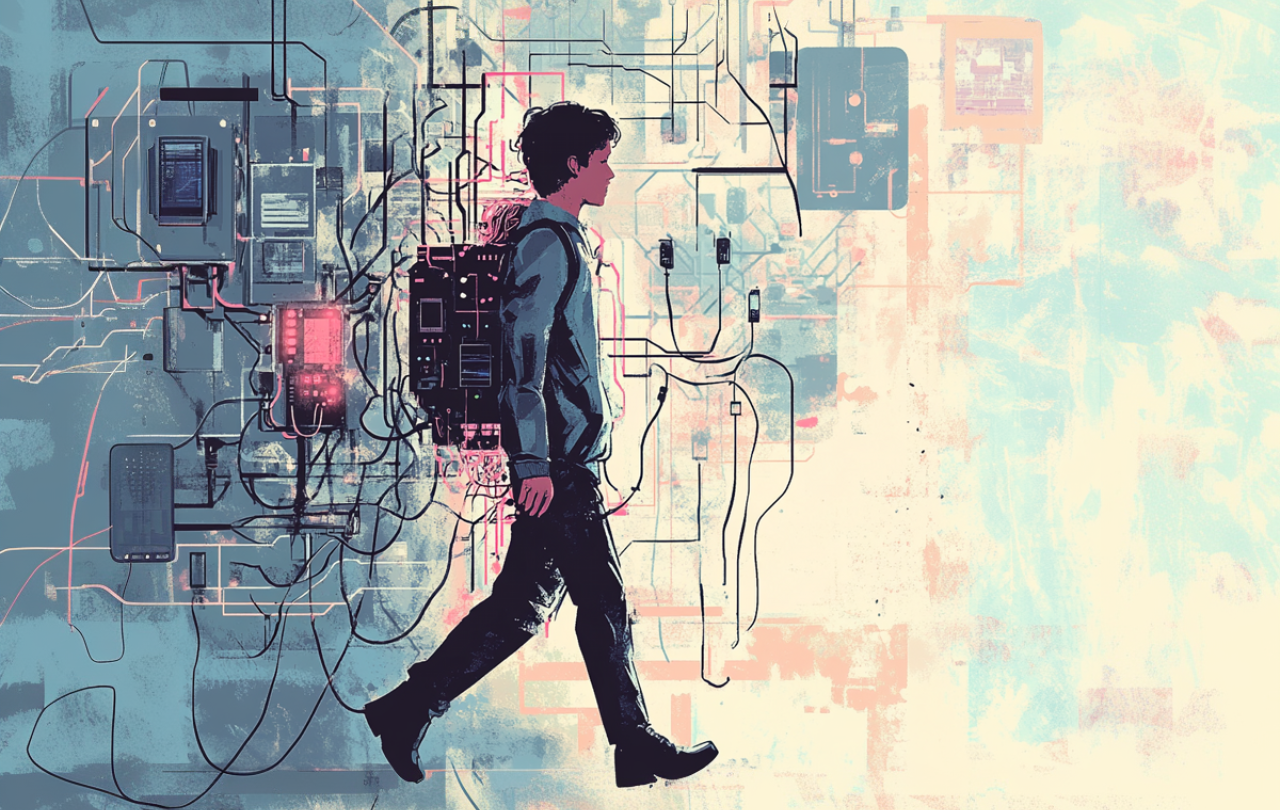Meet Esau and us
Seen and Unseen is hosting an incredibly rare event: Bishop Graham Tomlin in Conversation with Esau McCaulley on 3rd June, at St Mellitus College, 24 Collingham Road, Earl’s Court, London starting at 7.30pm .
As well as hearing more of Esau’s story, this conversation will cover the place of faith in public life, the significance of the black church, US politics, and this cultural moment. Trust me, you don’t want to miss this. I have had a couple of conversations with Esau McCaulley, and they have re-arranged the theological air I breathe.
You can find out more about Esau on his web site and read his New York Times columns. Or listen to my interview with him, as part of our Re-enchanting podcast.
Places will be limited, get further details and reserve your (free) ticket on Eventbrite.
Belle Tindall writes...
How does one wrestle their faith out of the hands of those who used it as tool to enslave them? How does one keep hold of such a faith when the owner of the local plantation was also the pastor of the local Presbyterian church? When the people who filled the pews were also the people who turned up to the KKK rallies? And how do the descendants of those people wade through the cultural and spiritual residue of such a history? Wrestling, still, with the complex evil that defined their ancestors' days?
And how does one respond when Donald Trump, the likely Republican presidential candidate, endorses a God Bless America Bible as some kind political strategy? What does one do when their community are being peddled their own sacred book, this particular edition of which includes the American Constitution, the Bill of Rights, the Declaration of Independence, the Pledge of Allegiance and the lyrics of a country song also entitled God Bless the USA? Oh, it also has the American flag emblazoned across the front. For good measure, I suppose.
And finally, how does one look out at an increasingly secular culture and remain confident that what it really needs is to be reminded of an ancient Galilean carpenter, as if he’s still some kind of relevant solution to our deepest hopes and fears?
These questions have something in common: they have been, and are continuing to be, answered by Esau McCaulley.
Answered honestly.
Answered powerfully.
Answered ever so publicly.
Last year, Esau was named by the Washington Post as one of the most influential faith leaders in the USA. He is a New York Times contributor and a New Testament Professor at Wheaton College, he is also the author of the award-winning Reading While Black and his latest best-selling memoir, How Far to the Promised Land? What began as a eulogy for Esau’s (rather complicated) father became ‘one black family’s story of hope and survival in the American south’. The eulogy was unapologetically complex, and so is this book. It was unwaveringly honest, and so is this book. It was utterly profound, and so is this book.
Esau, when reflecting on his own history, stretches for truth, refusing to relax into comfortable simplicities or false binaries that don’t belong in reality. Writing this memoir cost Esau something. You can tell. The grace woven into the paragraphs did not come cheap.
This book, as Esau himself explains, is about his father, but his father is a metaphor for America. And so, when it comes to this book (and much of Esau’s work), the political makes its home within the personal; the story that Esau tells is, to an extent, a trojan horse. A challenging commentary of America is sitting within this book’s pages. Esau is clear, his father – who continued to leave a trail of trauma in his wake – made bad decisions. But society played a significant role in creating the context within which those decisions were made. Were the poor decisions his father made down to personal responsibility or was it structural injustice? Esau’s answer? ‘Yes’.
Again, he has an aversion to binaries that don’t belong in reality.
To borrow an Elizabeth Oldfield phrase that I cannot stop thinking about: this book tells us something of our brokenness and our ‘breaking-things-ness’. And, as Esau writes,
‘patience with broken people and broken things is a manifestation of trust in God’
And Esau seems to have a lot of patience. Patience with himself, patience with his father, patience with Rev. Matthew Bone, owner of the Bone planation where his ancestors were enslaved, patience with those who have hurt him, patience with us all.
And that, it seems to me, has bred a persistence in hope. Real, gritty, bruised and yet still beating, joy-filled hope. The kind of hope that can look at the God Bless America Bible and not face-palm. The kind of hope that can research the links between Christianity and slavery and not fall into spiritual crisis. The kind that can observe the theory that faith is losing its place in public life and can use a New York Times column to prove it wrong.
Ultimately, the kind of hope that the world is increasingly paying attention to.

